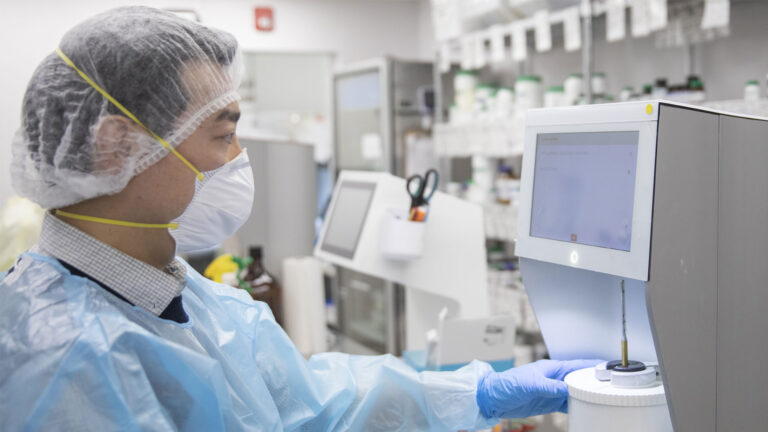
A pharmacy licence is issued based on the information provided during the application process, including whether the pharmacy performs sterile compounding. ACP maintains a list of all pharmacies that perform sterile compounding. If you do not believe ACP is aware that your pharmacy performs sterile compounding, it must be reported to ACP via email immediately. The pharmacy’s licensee or proprietor’s agent is responsible for reporting any changes to ACP.
ACP’s pharmacy practice consultants (PPCs) have been following up with pharmacies that perform sterile compounding since July 2020 to check for compliance with the first two priorities of the NAPRA Model Standards for Compounding Non-Hazardous and Hazardous Sterile Preparations. PPCs will be inspecting all pharmacies that perform sterile compounding for compliance with all three priorities of the sterile compounding standards after July 1, 2021. Any new pharmacies, newly renovated pharmacies, or relocated pharmacies that perform sterile compounding must be in full compliance with all three priorities immediately.
The first priority of the sterile compounding standards focuses on reviewing the model standards, identifying the risk level for each compounded sterile preparation, performing a gap analysis, developing an action plan to address the gaps identified, and initiate a quality assurance program.
The major elements of the second priority include requiring pharmacy compounding and cleaning personnel to be aware of and meet their roles and responsibilities. The pharmacy must also be in full compliance with compounding policies, procedures, and product preparation requirements. The second priority also requires pharmacies to develop and finalize their own quality assurance program. As the deadlines for the first two priorities have already passed, pharmacies that provide sterile compounding services are expected to be meeting all requirements of these two priorities.
The third priority is to meet or exceed core requirements for facilities and equipment. The deadline to meet priority three is July 1, 2021.
What is sterile compounding?
You may or may not realize your pharmacy is involved in sterile compounding. As indicated in the model standards, compounded sterile preparations include the following:
- nasal inhalation solutions;
- respiratory therapy solutions;
- solutions for live organ and tissue or graft baths;
- injections (e.g., intramuscular, intravenous, intrathecal, intradermal, subcutaneous);
- irrigation solutions for wounds and body cavities (e.g., thoracic, spinal, abdominal, pelvic);
- ophthalmic drops and ointments;
- otic drops for intratympanic administration;
- parenteral nutrition;
- dialysis solutions;
- allergen extracts;
- topical preparations (where sterility is essential to the therapy, e.g., for patients with burns); and
- radiopharmaceuticals.
Pursuant to the model standards, sterility is also required for the reconstitution and certain manipulations (according to manufacturers’ instructions) of sterile products approved by Health Canada and for the repackaging of approved sterile products, regardless of the route of administration.
The model standards were developed to ensure sterile preparations are of high quality and safe. With parenteral therapies becoming more complex, greater attention must be paid to the environment in which these preparations are prepared, the training of personnel, quality assurance procedures to prevent complications, and to protect the public.
The model standards help pharmacies who provide sterile compounding services to evaluate their practices, and develop and implement policies, procedures, and quality assurance programs with a view to guarantee the overall quality and safety of sterile preparations. The model standards represent the minimum requirements to be applied when compounding sterile preparations.
For more information, refer to the NAPRA Model Standards for Compounding Non-Hazardous and Hazardous Sterile Preparations.




